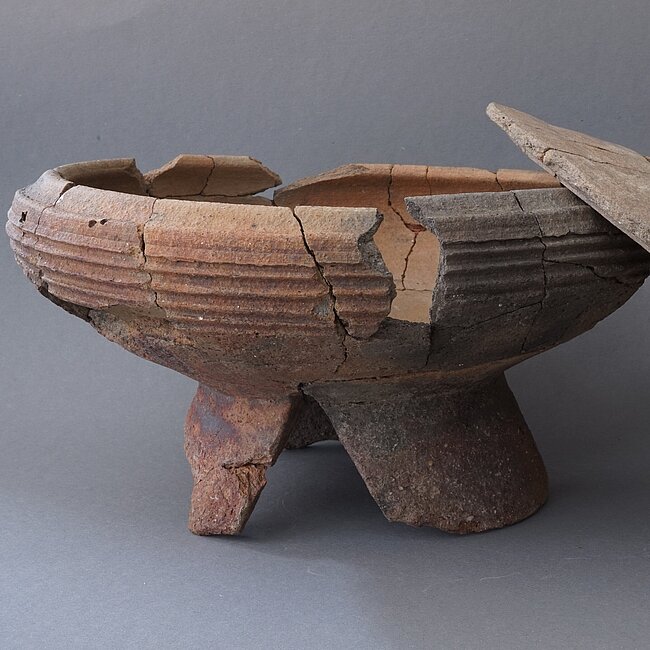During the Roman rule, a new kind of ceramic spectrum emerged, in which individual forms of the preceding late Iron Age continued to be used. This points to a change in day-to-day habits, either due to new raw materials – in particular, plants – new tools for preparing food, or new recipes. Ceramics that were not used for preserving, preparing or consuming food were deliberated left out of this presentation. Higher priced, imported tableware is also not included.
The focus lies on the attempt at a reconstruction of everyday practice on the basis of several components, namely preserved remains of plants and animals (what was eaten?), forms of vessels (stewed? roasted? baked? fermented?), the material (breathable, fire-resistant?), excavation findings from households (always just ‘take-aways’ or self-cooked? and for how many people?) and the comparison with preindustrial Styrian household practice (do similar circumstances in a natural environment lead to similar solutions?).
Solva à la Carte
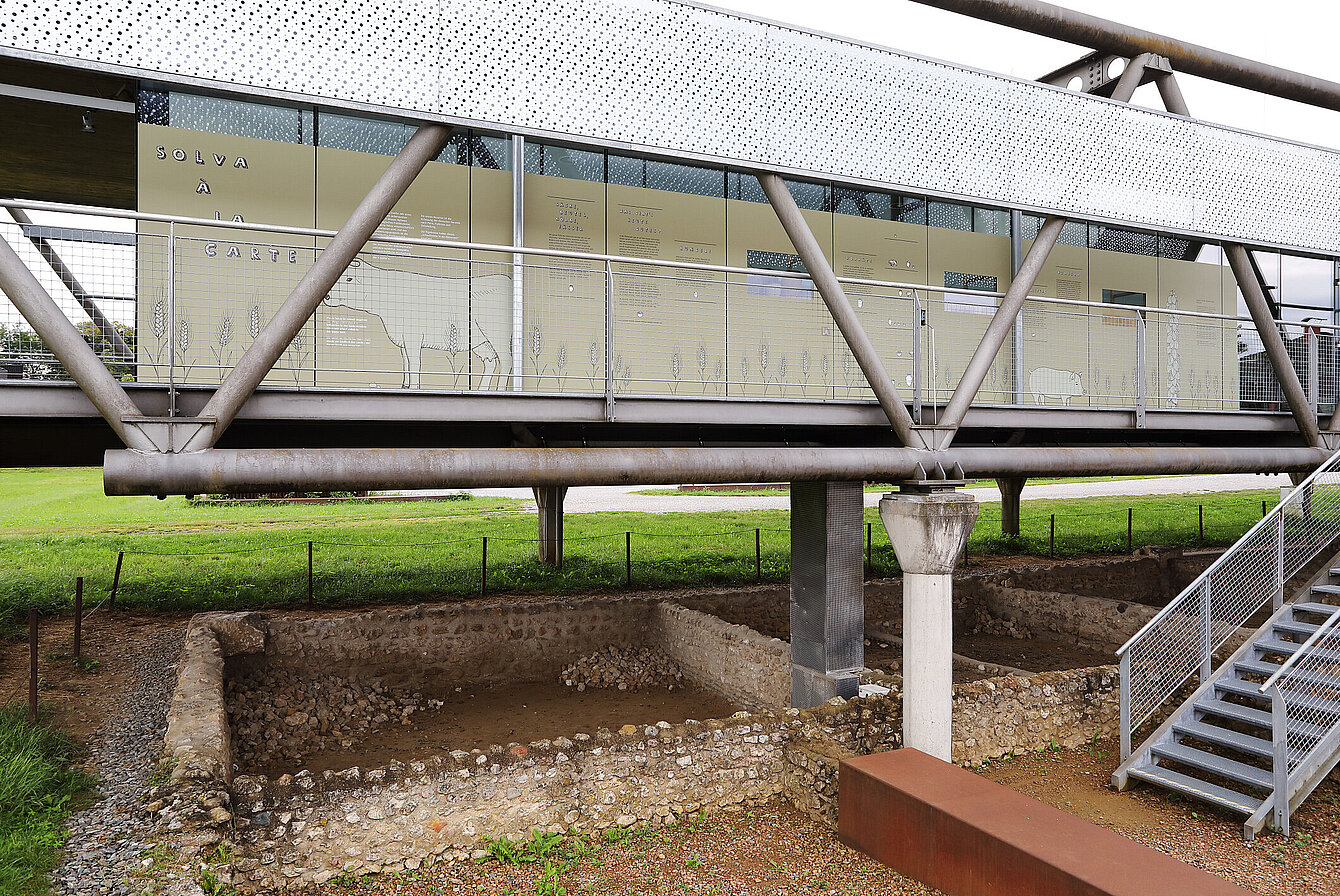

Image Credits
Duration
30.06.2023 - 21.06.2024
Location
Flavia Solva
Curators
Barbara Porod, Johanna Kraschitzer und Gudrun Praher-Malderle
Show all
About the
Exhibition
This presentation explores the question of what was cooked with what tableware in Flavia Solva.
Current results from two projects from the Archaeology and Coin Cabinet department flow into the presentation, namely from the already completed project PalaeoDiversiStyria, a cross-border project as part of the cooperation programme INTERREG V A Slowenien–Österreich 2014–2020, which was financed by funds from the European Fund for Regional Development (EFRD), and the project Fundbearbeitung Flavia Solva, which runs until 2025 and is supported by funds from the State of Styria and the Federal Monuments Office.
Glimpses
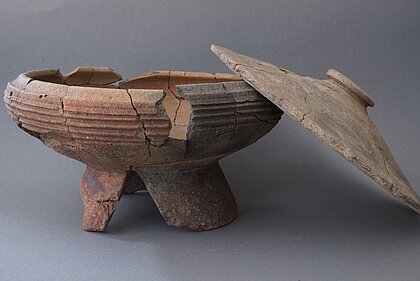
Image Credits
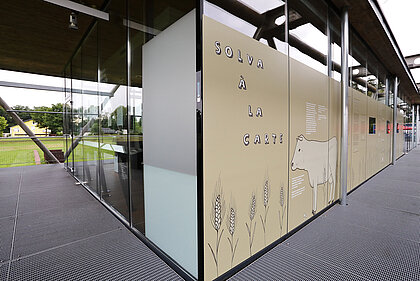
Image Credits
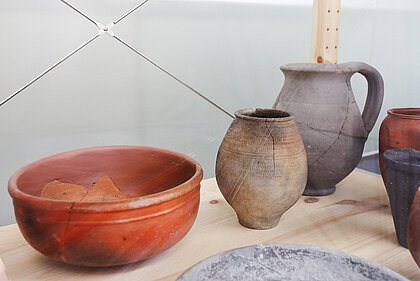
Image Credits
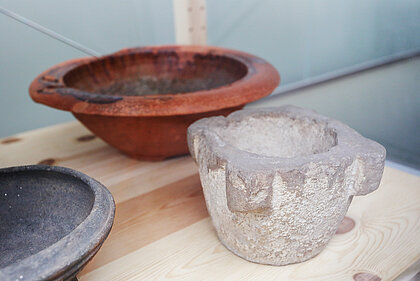
Image Credits
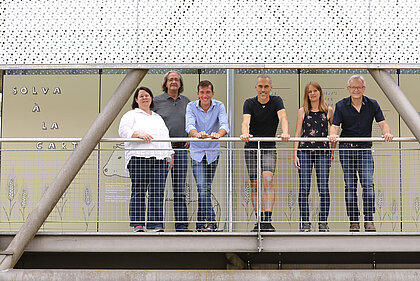
Image Credits




















